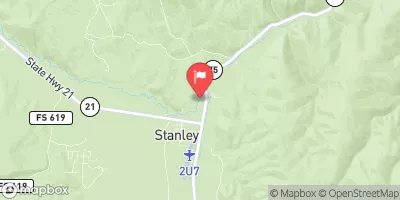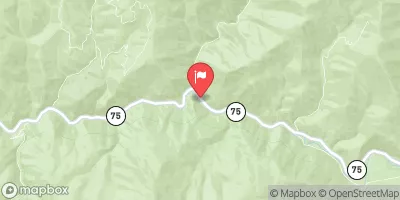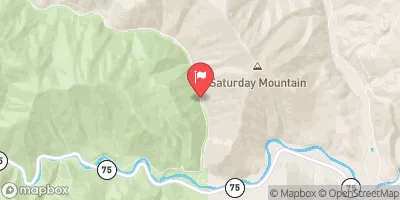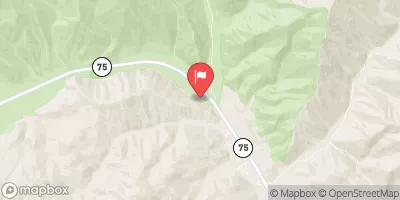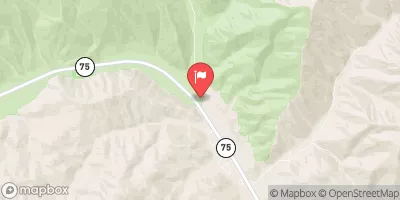Summary
The lake is home to several prevalent fish species, including rainbow trout, cutthroat trout, brook trout, and kokanee salmon. The best time to visit for fishing is during the summer months, when the water temperature is warm and the fish are active.
Fishing tips for Yellowbelly Lake include using lures and bait that mimic the natural prey of the fish, such as insects or small fish. Fishing in the early morning or late afternoon can also increase the chances of catching fish. Additionally, fishing from a boat can provide access to deeper waters where the larger fish are often found.
Aside from fishing, Yellowbelly Lake offers a variety of outdoor activities, including hiking, camping, and wildlife watching. The area is home to several hiking trails that provide scenic views of the lake and surrounding mountains.
The best time of year to visit Yellowbelly Lake for fishing is from June to September, with average temperatures ranging from 60°F to 80°F. However, it is important to note that weather conditions can vary and visitors should prepare accordingly.
In summary, Yellowbelly Lake is a great fishing destination in Idaho, USA, with a diverse fish population and surrounding outdoor activities. Fishing tips include using natural bait and lures, fishing during the early morning or late afternoon, and fishing from a boat for access to deeper waters. The best time to visit for fishing is from June to September, with average temperatures ranging from 60°F to 80°F.
Weather Forecast
Nearby Streamflow Levels
Angling Safety Guidelines
Check local fishing rules, seasons, size limits, and license requirements to ensure legal and sustainable angling.
Handle Fish Responsibly
Use wet hands, minimize air exposure, and release fish gently to improve survival rates when practicing catch-and-release.
Choose the Right Gear
Match your rod, line, and tackle to the species and conditions to increase success and reduce unnecessary harm to fish.
Respect the Waterway
Avoid disturbing habitat, prevent bank erosion, and keep a safe distance from spawning areas to protect ecosystems.
Keep It Clean
Pack out all line, hooks, bait containers, and trash—discarded gear can injure wildlife and degrade waterways.
Related Links
Area Campgrounds
| Location | Reservations | Toilets |
|---|---|---|
 Pettit Lake Campground
Pettit Lake Campground
|
||
 Pettit Lake
Pettit Lake
|
||
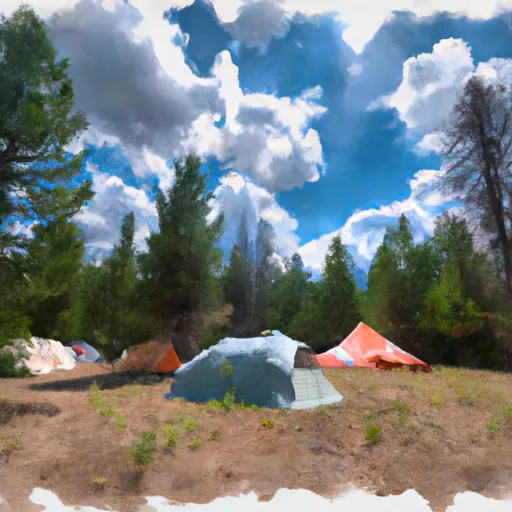 Alturas Tent Camping Area
Alturas Tent Camping Area
|
||
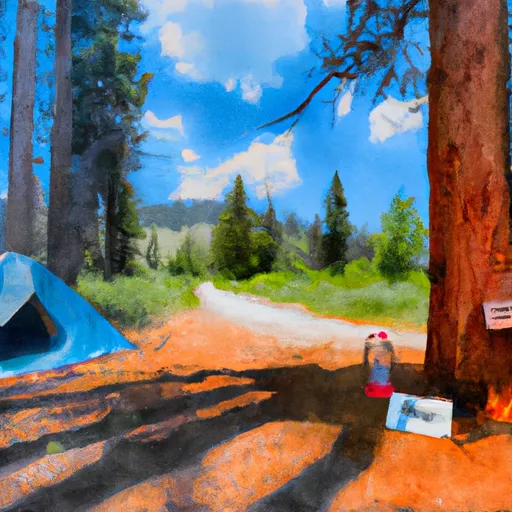 Smokey Bear
Smokey Bear
|
||
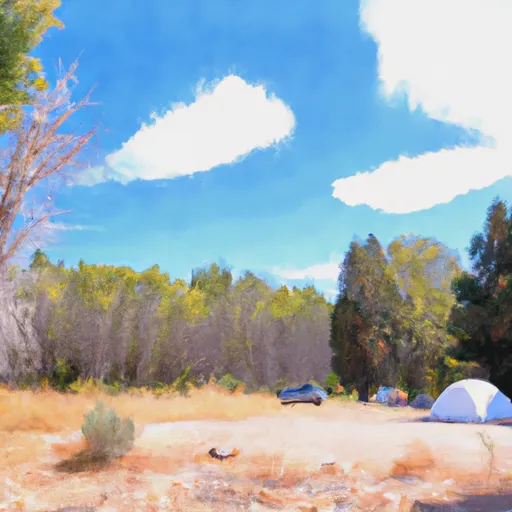 Smokey Bear (Alturas) Campground
Smokey Bear (Alturas) Campground
|
||
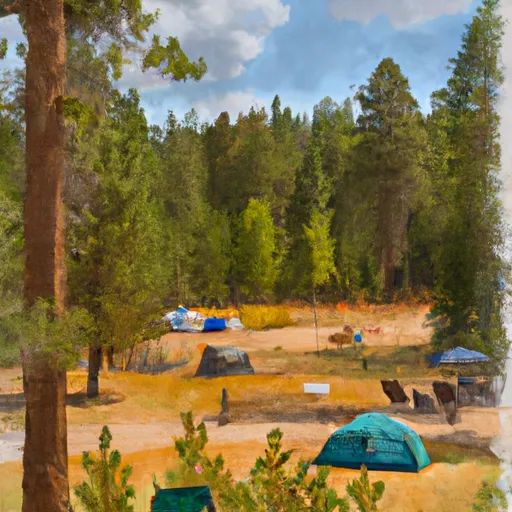 Smokey Bear Campground
Smokey Bear Campground
|

 Perkins Lake
Perkins Lake
 Alturas Lake and Pettit Lake Areas
Alturas Lake and Pettit Lake Areas
 Redfish Lake
Redfish Lake
